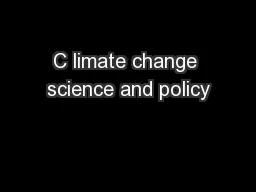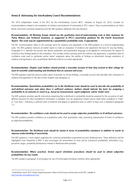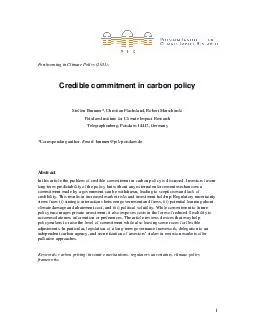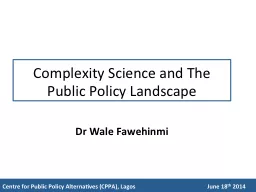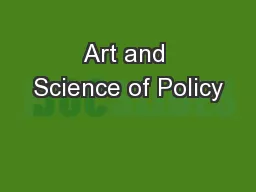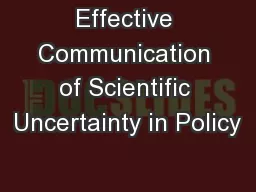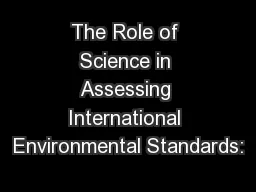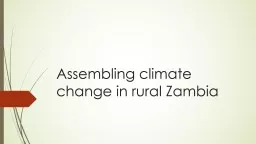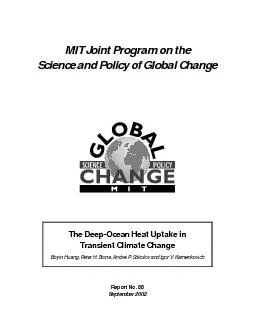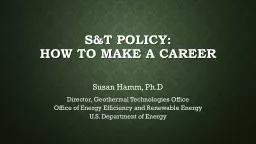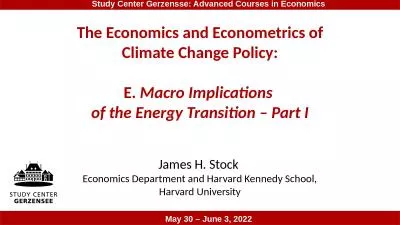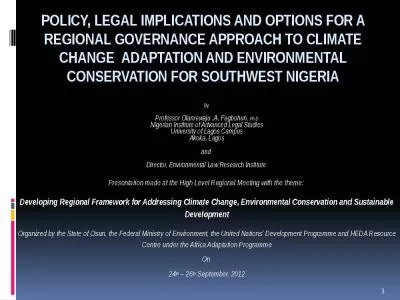PPT-C limate change science and policy
Author : danika-pritchard | Published Date : 2016-07-06
Barry Lefer University of Houston Department of Earth and Atmospheric Sciences 19 February 2015 American Institute of Aeronautics and Astronautics ANTCI 2005 Climate
Presentation Embed Code
Download Presentation
Download Presentation The PPT/PDF document "C limate change science and policy" is the property of its rightful owner. Permission is granted to download and print the materials on this website for personal, non-commercial use only, and to display it on your personal computer provided you do not modify the materials and that you retain all copyright notices contained in the materials. By downloading content from our website, you accept the terms of this agreement.
C limate change science and policy: Transcript
Download Rules Of Document
"C limate change science and policy"The content belongs to its owner. You may download and print it for personal use, without modification, and keep all copyright notices. By downloading, you agree to these terms.
Related Documents

